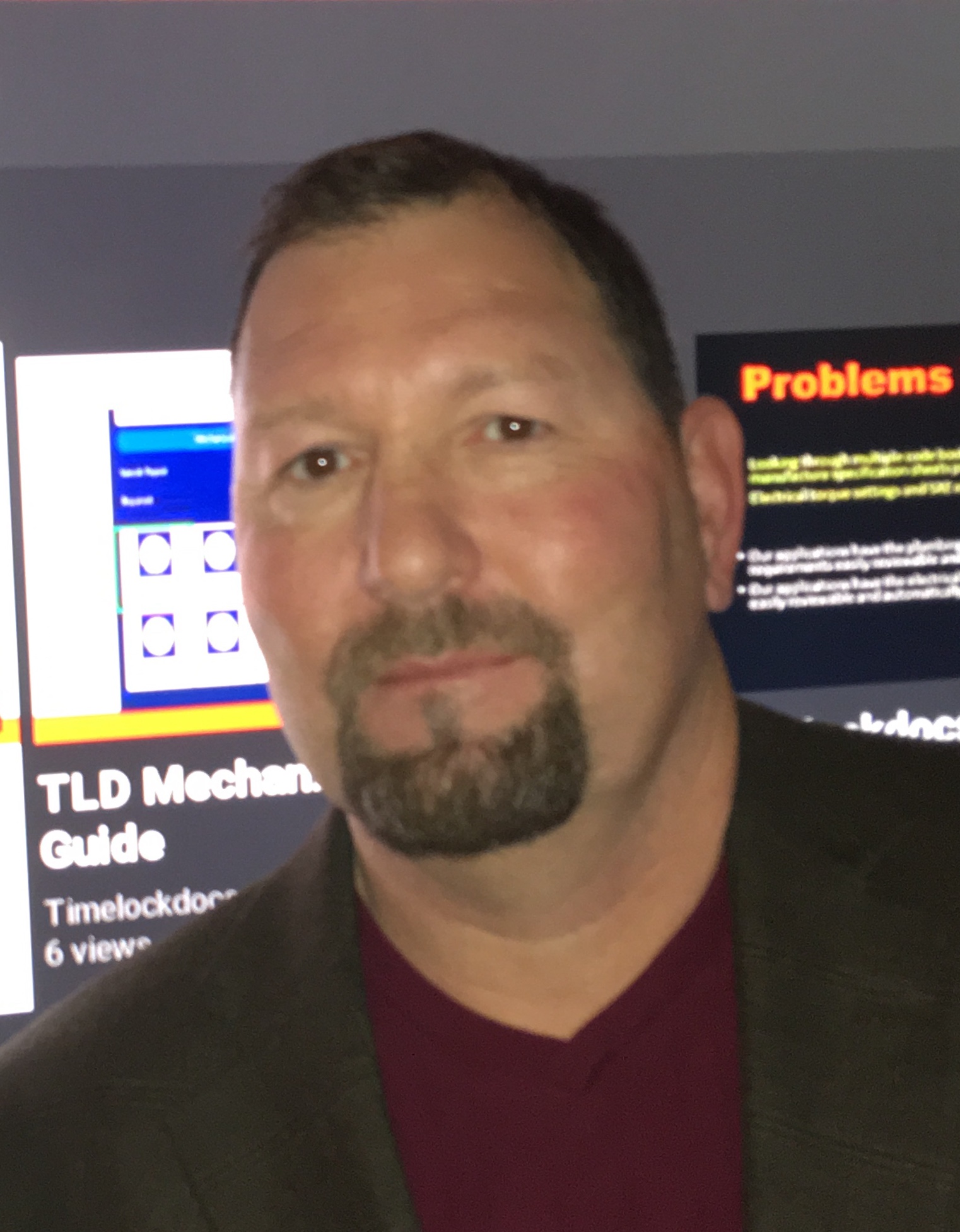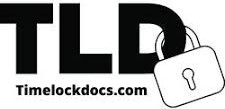
Founder and CEO,
TLD
One common conundrum across industries like legal, public sector, real-estate and supply chain is the document-intensive workflows. Blockchain technology eases the management of over thousands of multi-party, inter-organizational, and cross-border document transactions by authorizing, securing and sharing data at scale. Although its usage has been slow over the last years by the virtue of regulatory agencies and partners using blockchain as a shared ledger that are yet to come to consensus on the IP rights and governance, COVID-19 sped up its adoption. Companies such as Time Lock Documentation (TLD) are steering the wheels of digital transformation for document-intensive businesses with its blockchain-visual based patented technology and standalone R&D versions, were supporting a 4,000-user base. “In the era of tablets and phone technology, users need practical solutions. Every picture we enable, every piece of data we upload, every document we produce creates a better view of how the real world is built and maintained,” says Chris Eberhardt, Founder and CEO, TLD. “This strengthens partnerships- workforces-economies- industries-teams-businesses.” With instant visual documentation, users can streamline the inspection process with a touch of a screen.
TLD’s leadership team includes field-based commissioning experts with acumen in blockchain workflows and support systems. The company’s software design is based on field-driven development, and the easy-to-use, secure TLD platform helps customers leverage digital workflows and visual technology. The three screens of this platform—Projects-Location-Documentation allow users ease of use, with transparency and accountability with visual documentation. The TLD software has vast applicability in real use cases—vendors could deploy an editable process to time-date, GPS stamped photographs for warranties, building owners could review handwritten or commissioning documentation, and users can create and combine multi-format files with security and zero inaccuracy. And imagine syncing all that information to multiple devices and platforms in a way that all stakeholders are on the same page!
TLD currently boasts of 100 active companies and 392 active users for its newly published dashboard and pro version applications. “Blockchain applications need no handoff of documentation, the data can live on a ledger and be updated, viewed but never be erased. This produces equity, transparency, and security for all stakeholders,” says Eberhardt. “TLD can be built into all construction and property management software systems connecting across all silos.” TLD’s patented processes with embedded photos and documents provide the blockchain threads to enable hosting on secure blockchain ledger. Additionally, TLD provides a secure database of code requirements and MFR specification to empower business owners, inspectors, cities and facilities to have confidence in the document authorization process. Further, TLD provides orders, invoices, maintenance documentation, utilities repairs, tracking, inspection and commissioning reporting along with other relevant details like secure building entry.
“We provide user our patented time-lock visual applications with a database contained in tandem with a web-based platform. We are also proud to announce the launch of a new comprehensive dashboard-A dynamic web dashboard with multiple features to allow maximum efficiency pushing documents from the office to the field,” adds Eberhardt. TLD also enhanced its Autodesk integration for hyperlinked commissioning documents in PlanGrid. These programs are usable on all platforms (iOS, Android, Web) with constant data syncing and data collection offline. “We offer a constantly growing database of code including mechanical, electrical, plumbing and manufacturer, and have copyright deals with all the industry code writers as we continue to grow our database” reveals Eberhardt. For the future, TLD is looking to leverage its code partnerships, contractor partnerships and building owner partnerships as it makes progress on workflow adoption and gains traction on proposed projects.





































